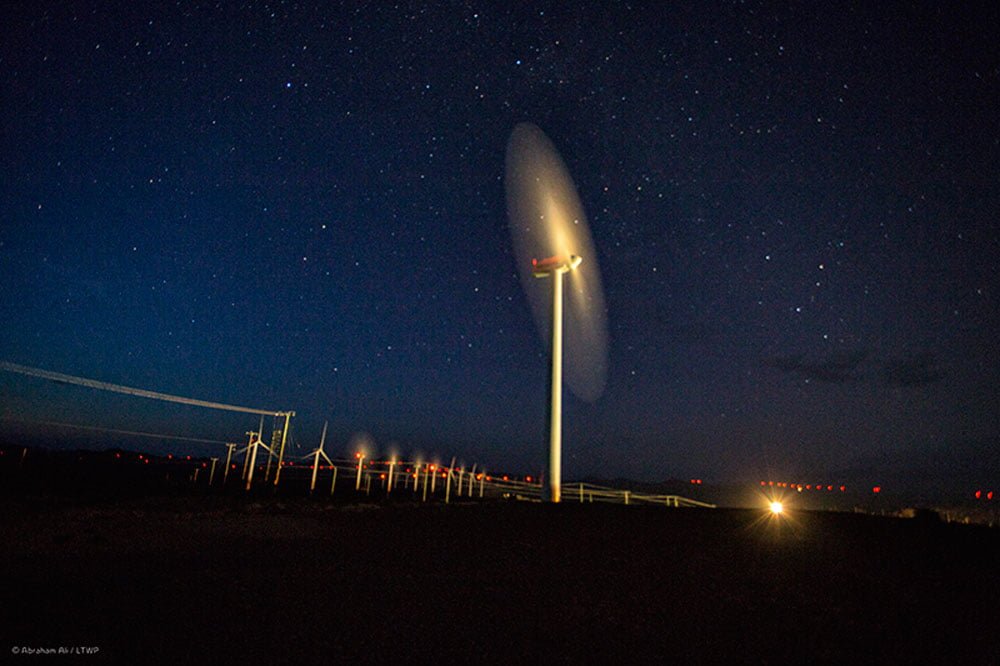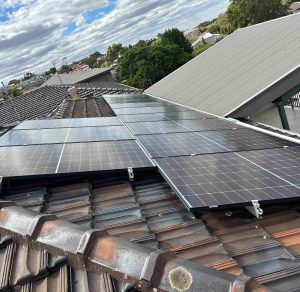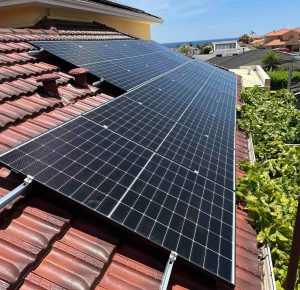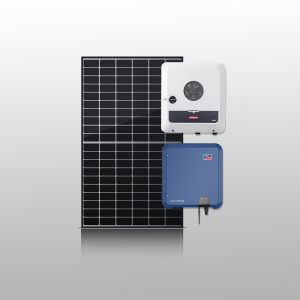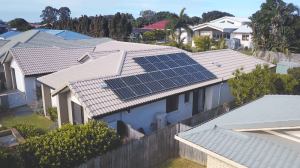The stigma that alternate energy is only possible for first-world countries is changing rapidly. As of 2019, most developing and under developed nations have set some type of renewable energy target in their annual budget. This is mainly because, for solar and wind, the commercialization cost per unit power production is at its all-time lowest. Thus the investments in this sector can generate faster payback periods while boosting the local employment and infrastructure. India, China and African countries are capitalizing on this market.
In the last week, Kenya has officially inaugurated the largest wind power farm in Africa. At a capacity of 310MW, it constitutes nearly 17% of the nation’s total capacity. Located near Lake Turkana, the farm has 356 wind turbines (850 kW each). The project consortium includes KP&P Africa, Aldwych International, Investment Fund for Developing Countries, Vestas Eastern Africa Limited, Finnish Fund for Industrial Cooperation, KLP Norfund Investments AS and Sandpiper. As per the President’s keynote during the inauguration ceremonies, this wind power farm in Kenya can off-load the bottleneck in electricity generation during droughts, and save (through lower fuel cost charge) about 8.5 billion KES in 8 months. There are also plans for exporting the excess power to neighbouring countries in future. At the moment, the system does not make use of solar batteries to store surplus.
However, this is not the country’s first leap into clean energy technologies. Already, more than 50% of the country’s total capacity comes from hydropower and geothermal power. The trend is similar in other African nations as well. South Africa has over 645 MW wind power generation, and the largest solar farm in the continent – 175 MW spread over 500 hectares in De Aar. Wind energy accounts for nearly 8% of the total capacity in Ethiopia. However, as per reports of International Energy Agency (IEA), African countries will need to invest more than $300 billion to ensure complete electricity access by 2030.

